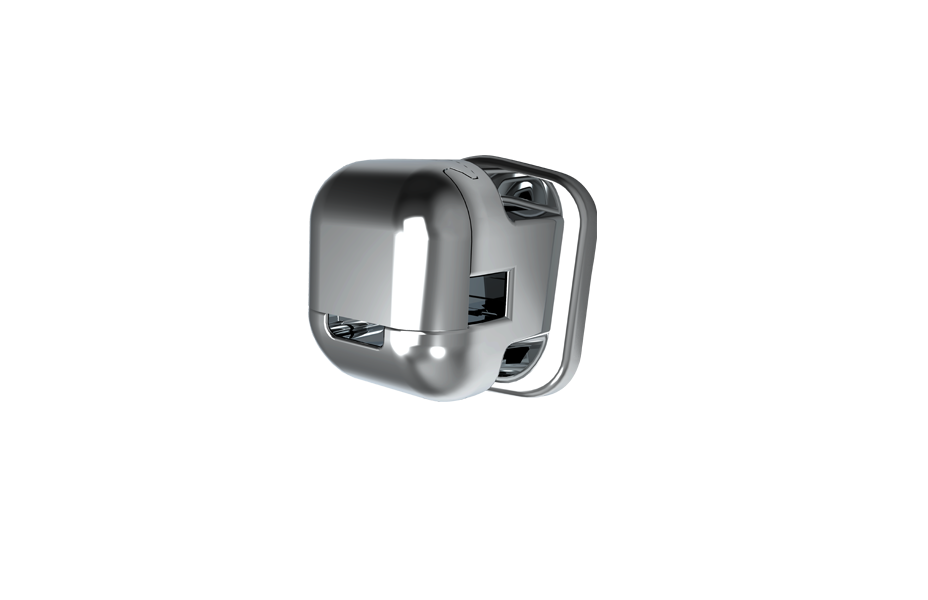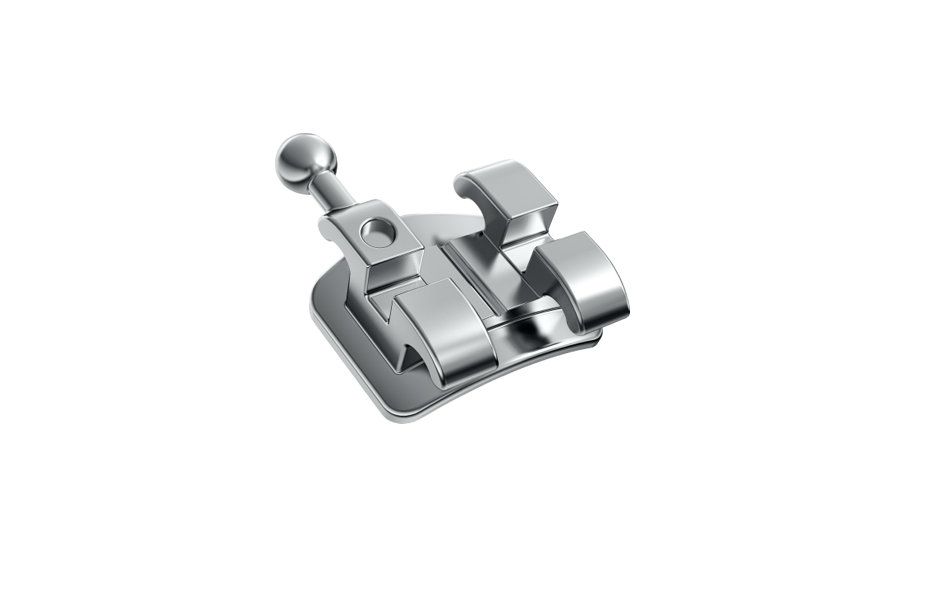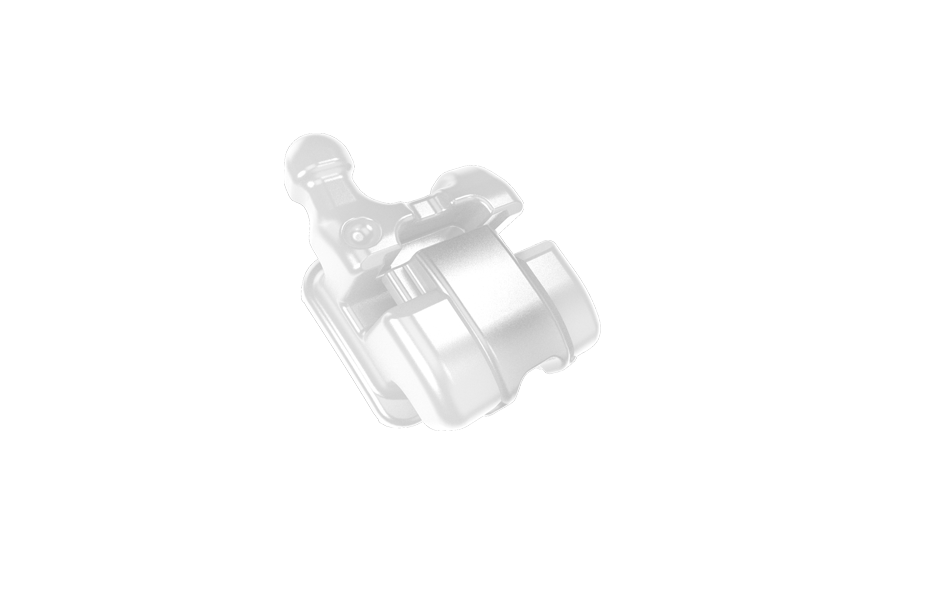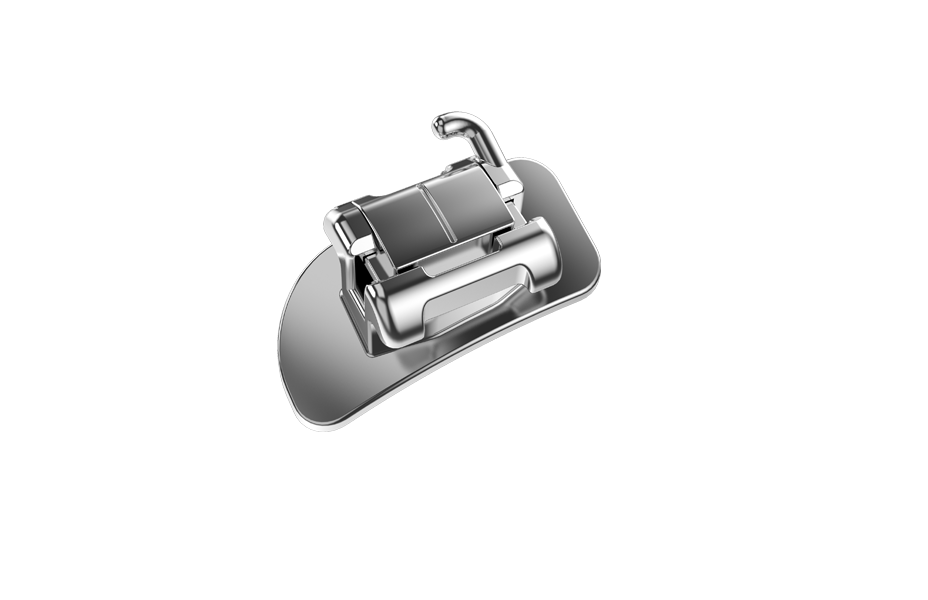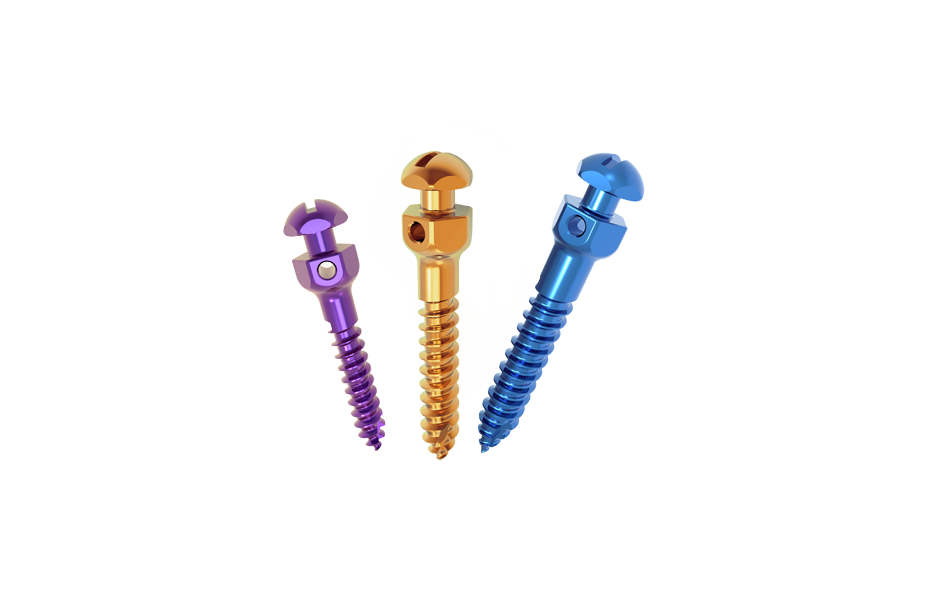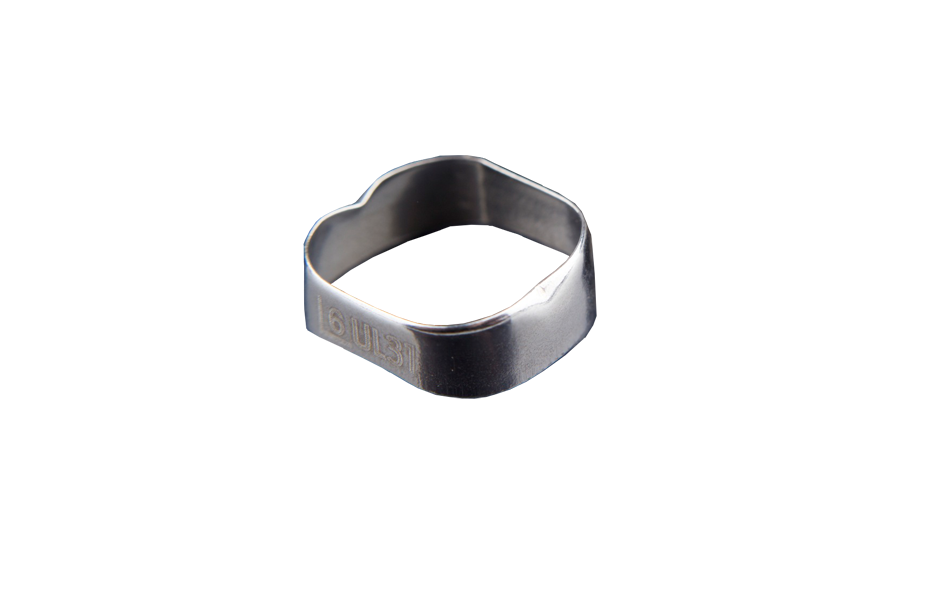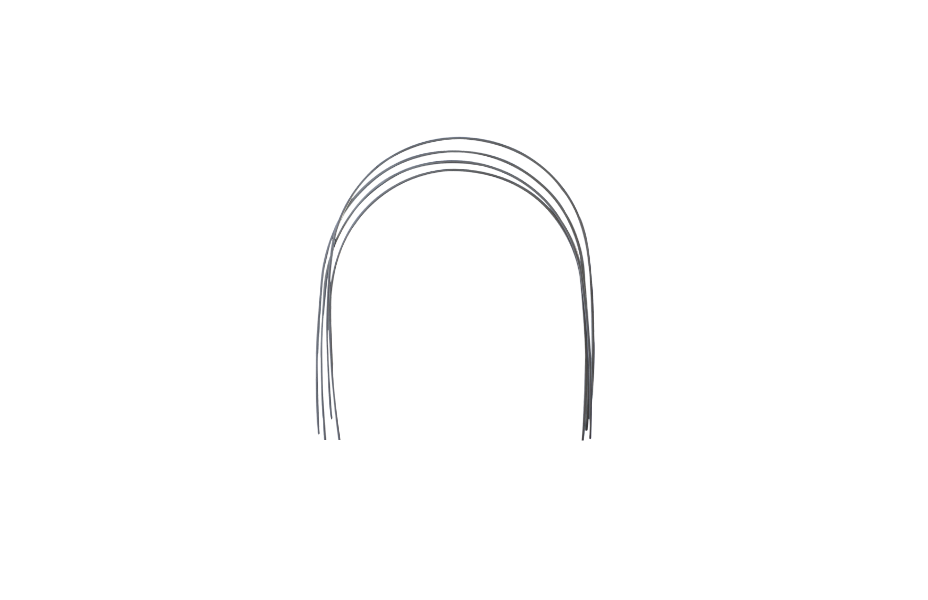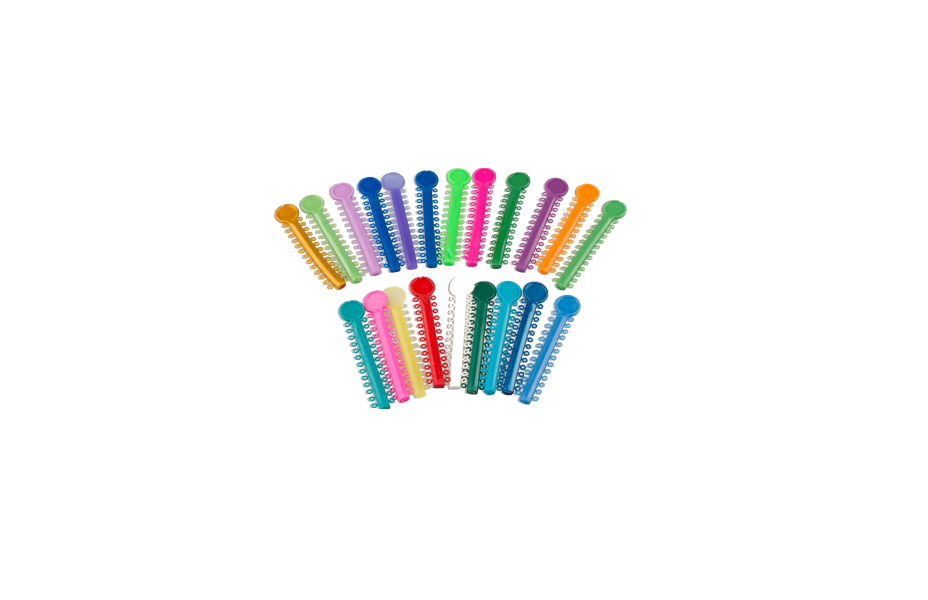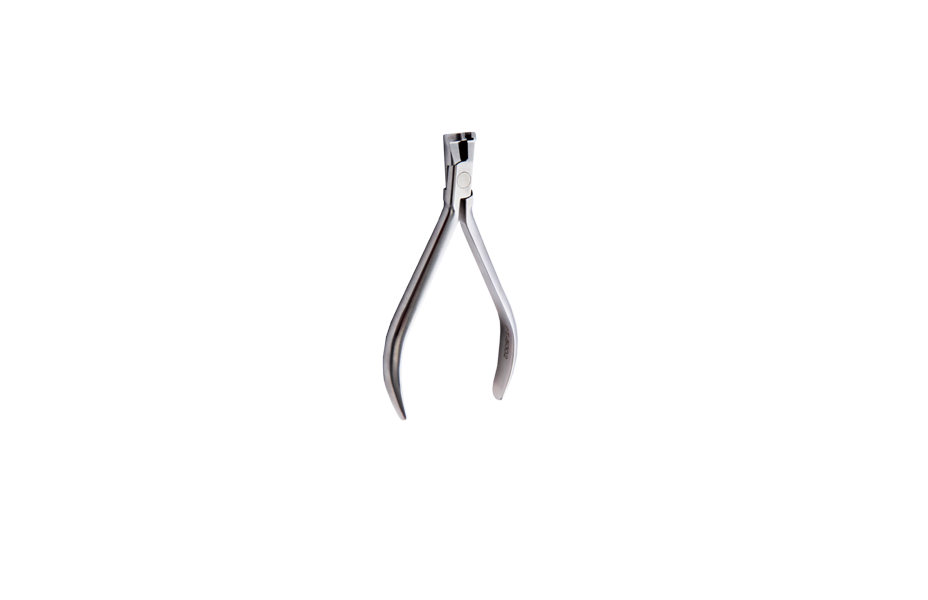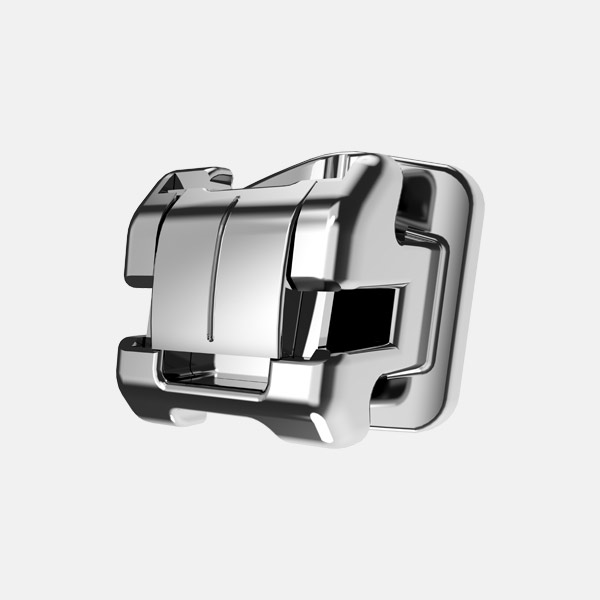Why Do We Need Tooth Extractions in Orthodontic Treatment?
For orthodontists, the decision to extract teeth as part of treatment isn't just about achieving alignment; it involves considering factors such as the type of malocclusion, the degree of crowding, the inclination of anterior teeth, aesthetic considerations, the extent of overjet between the upper and lower jaws, and the patient's periodontal (gum and bone) health. It's not a simple matter of straightening teeth.
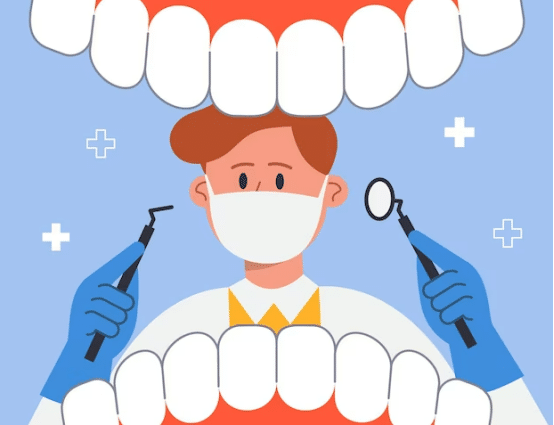
Before commencing orthodontic treatment, a comprehensive examination is performed. The decision to extract teeth is made based on a thorough evaluation of local and systemic conditions.
In reality, the choice between extracting teeth and not doing so is primarily related to the available space for orthodontic correction. If your bone quantity and tooth volume are out of proportion, you may need extractions to achieve harmony and alignment in your teeth. If your bone quantity and tooth volume are already well-matched, extractions may not be required.
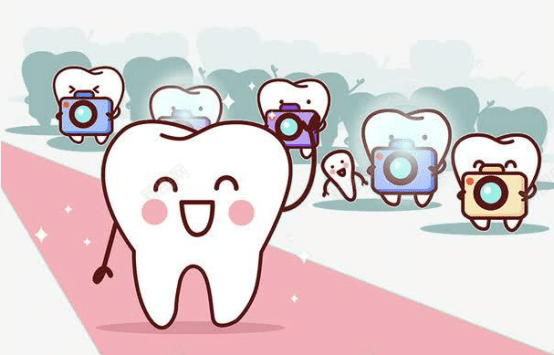
Why Do Relapses Occur in Orthodontics?
Relapse is a concern for many orthodontic patients who don't want their efforts to go to waste. There are two main aspects to consider when understanding why relapses occur:
1. Inadequate Remodeling of Periodontal Ligaments:
The supporting periodontal ligaments that suspend the teeth in their sockets are not directly connected or tightly bound. They consist of five groups of fibers that suspend the teeth in the sockets. This means that teeth are suspended within the bone by these fibrous ligaments and even neighboring teeth are interlinked.
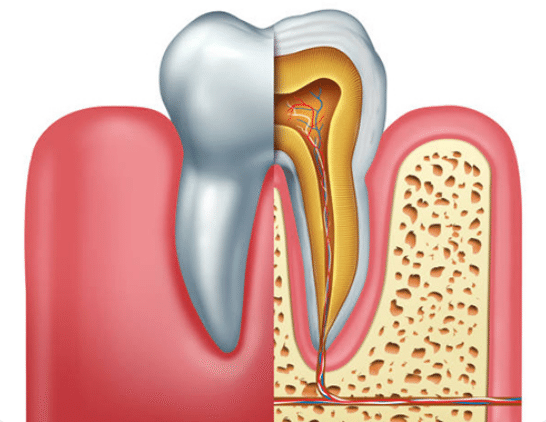
These suspension fibers, similar to thick rubber bands, can stretch and twist as teeth are moved. However, this elastic property changes slowly. Even if teeth are moved rapidly into place, these fibers can get stretched or twisted, and their elasticity can persist. If no force is applied to them, these fibers may gradually return to their original state, moving the teeth back to their initial positions.
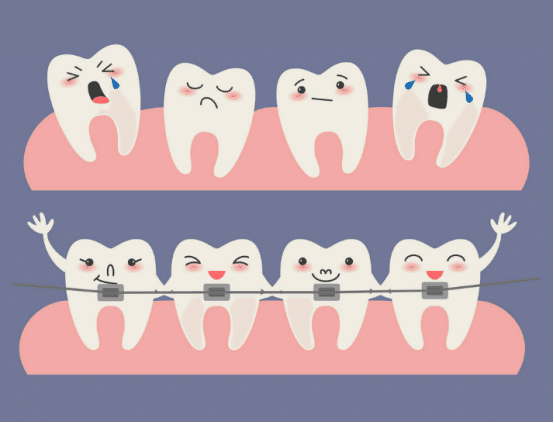
This is a significant factor contributing to relapse, highlighting the necessity of wearing retainers.
2. Establishing Proper Occlusion:
During orthodontic treatment, some patients may experience bite discrepancies due to inadequate support from the posterior teeth. This relates to changes in the occlusal plane, known as the dental bite plane. Altering the dental bite plane can influence the final orthodontic outcome.
It's similar to the idea that our facial bones don't remain the same throughout our lives; they change with age. Younger individuals may have different facial shapes compared to when they are older.
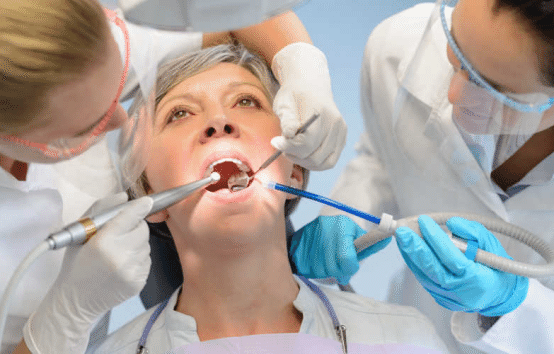
For example, as people age, men's faces may become thinner, while women's faces might become longer. This shows that our bone structure evolves throughout our lives.
Furthermore, the position of the teeth, as well as the location of the jaws, can change in orthodontic treatment, affecting the occlusion. While relapse is a common concern, it largely depends on the patient's cooperation and habits.
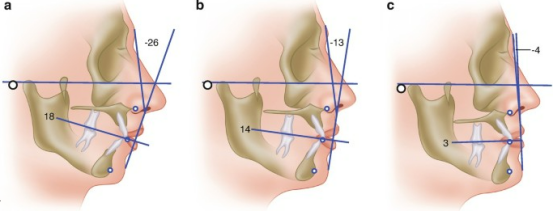
Achieving optimal results and preventing relapse is a collaborative effort between the orthodontist and the patient.The success of orthodontic treatment doesn't solely depend on the orthodontist's skills; it's also influenced by the patient's level of understanding and cooperation. The habits and level of cooperation of the patient are crucial factors in achieving and maintaining optimal results while preventing relapse.
